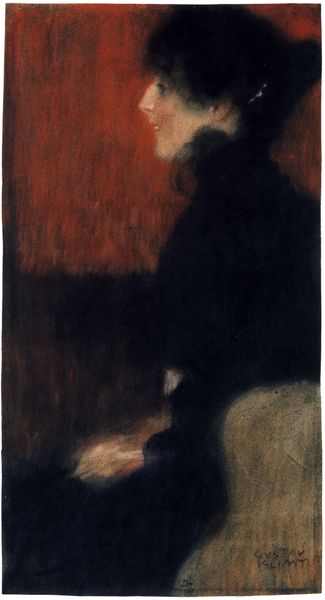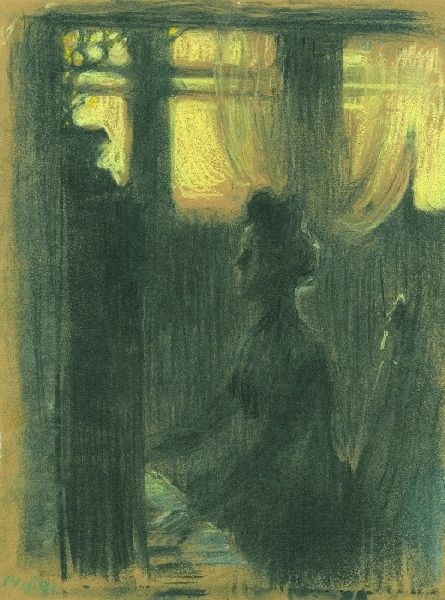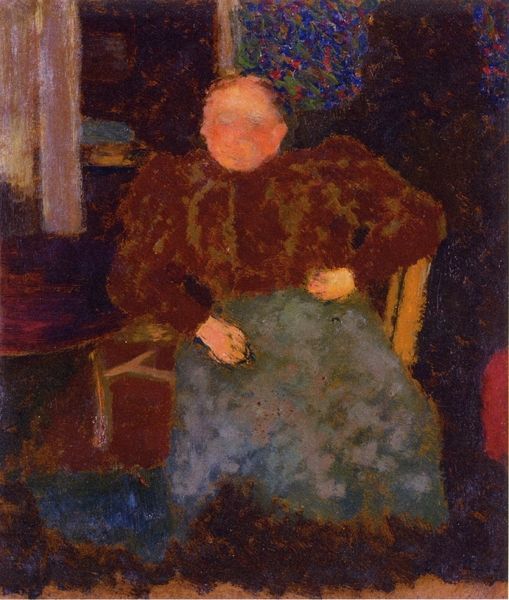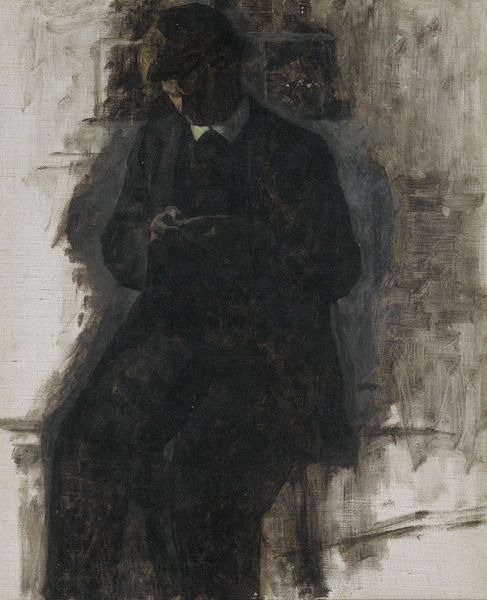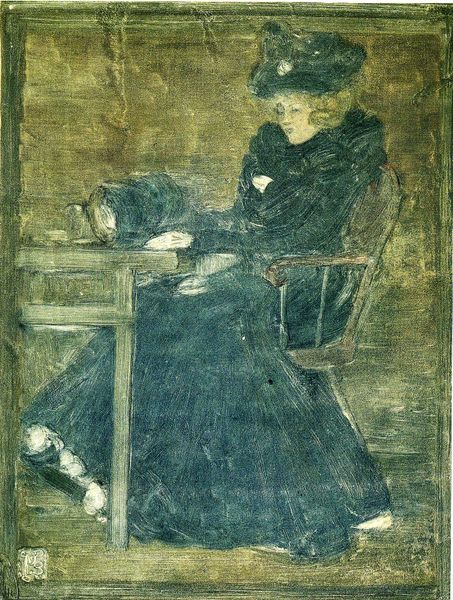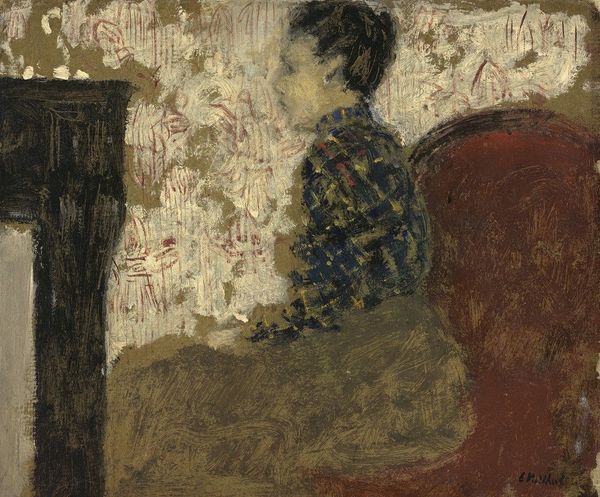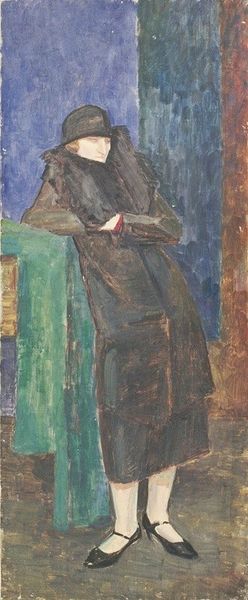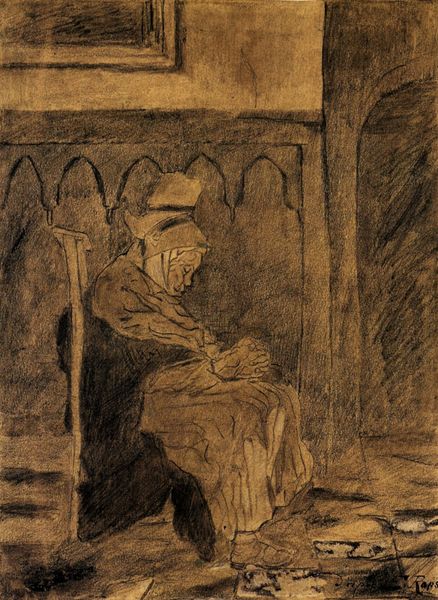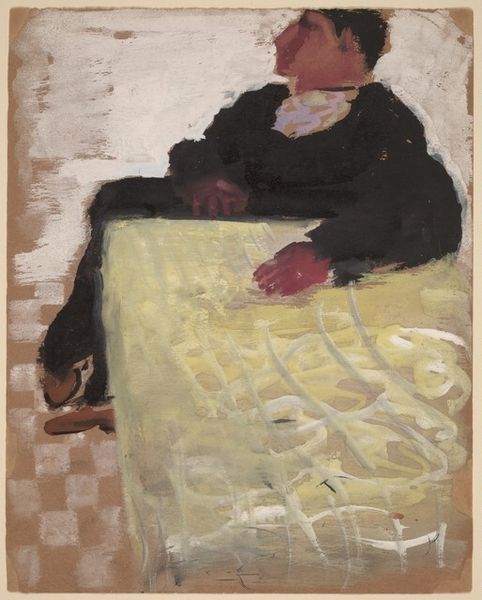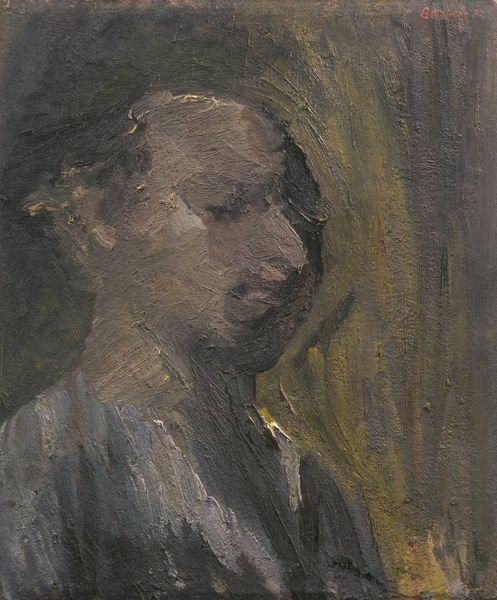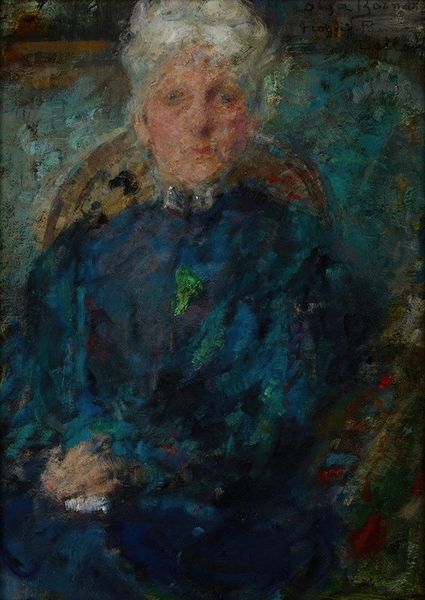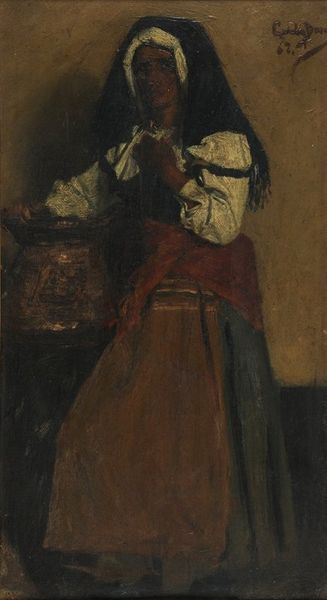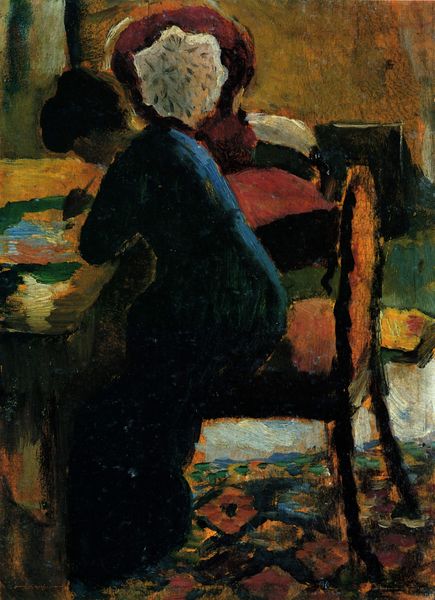
painting, oil-paint, impasto
#
portrait
#
painting
#
oil-paint
#
impasto
#
intimism
#
post-impressionism
Dimensions: 27.5 x 24.5 cm
Copyright: Public domain
Editor: Here we have Édouard Vuillard's "The Comb," painted in 1898 using oil paint with an impasto technique. I’m struck by its quiet intimacy; it feels like a glimpse into a very private moment. What story do you think this painting is telling? Curator: It's a marvelous example of Intimism. Vuillard and others in his circle aimed to depict domestic scenes and private moments, pushing back against the grand narratives favored in academic painting. We should consider how the rise of photography impacted this shift. Could photography have freed painting to explore subjective experience and personal narratives? Editor: That's a good point about photography! I never thought about that. Curator: And look at how he depicts this woman. It's not flattering or idealized. There's a starkness to it, right? And what does it tell us about the viewers' access to domesticity? The figure is indoors, at home, seemingly not posed; so, is there a difference for female and male artists creating such imagery, during that time? Editor: I see what you mean! The "everydayness" of this artwork now makes me wonder about women's representation by male artists during the turn of the century, compared to how female artists depicted women in domestic spaces. It shows so much without having to explicitly define it. Curator: Precisely! It provokes a nuanced discussion of art's role in reflecting and shaping social dynamics, especially within the intimate sphere. Editor: This reframing is so helpful. I initially saw a woman captured privately but did not think about how a shift from “grand narratives” and the rise of photography would allow artists to now document private settings in contrast to grand, posed and ideal figures. Thanks!
Comments
No comments
Be the first to comment and join the conversation on the ultimate creative platform.
